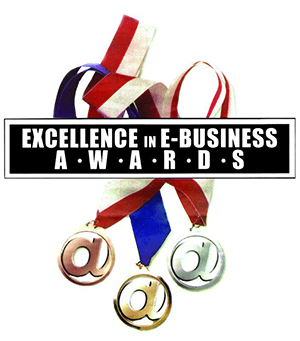3 Hyperlinking Best Practices for Stellar SEO

These three hyperlinking best practices can help improve your website’s SEO performance.
When you take the time to create content for your website or blog, you also want to make sure you are doing all you can to help that content reach a wide audience. You can do this by crafting your blog and its SEO to its fullest potential. One of the ways you can increase the SEO value of your blog is to include an appropriate amount of hyperlinks, which help to improve your content’s authority and engage your reader. By following the three hyperlinking best practices below, you can ensure that your strategy is at its best.
Include Two to Five Hyperlinks In Each Blog Post
External links, or “backlinks,” are HTML hyperlinks that take the reader of your blog post to an external site. The reason it is considered useful to include external links in your blog is that it boosts your authority and your SEO performance. However, moderation is key, so the recommended number of links is two to five.
You should also take a thoughtful approach when you consider which links to include. Hyperlinking best practices include asking yourself whether your links provide a service to your reader. For instance, if you are citing a specific study or report, it makes sense to link to the source. However, you will not want to provide a link when discussing a general topic, because that gives your readers a chance to leave your blog without gaining anything valuable first.
Make Sure the Links Are Relevant and Reliable
If you want your readers to trust you, you should make sure that any sites you lead them to are reliable and of high quality. Google will take into account the quality of your links when assessing your link profile, and blogs that link excessively in the hopes of boosting their SEO are often penalized by Google search.
Hyperlinking best practices mean that you are choosing relevant links to the subject of your blog. Do not select external sources with similar topics, but give your readers access to a page that can explain an idea in your blog. You should also create internal links to your website when relevant. Pages with no internal links are “orphan pages” and may not receive the organic traffic they otherwise could. Creating internal links to your website can significantly help Google discover your content and boost your overall SEO performance.
Pay Attention to Anchor Text
Anchor text refers to the words in your blog that are hyperlinked. You must make sure that your anchor text is relevant and helpful, and provides a natural jumping-off point for your readers if they want to access more information.
Following these hyperlinking best practices can help establish your website’s authority on a subject and increase your site’s visibility. Hyperlinking is a relatively easy and helpful way to improve your SEO performance and draw more organic visitors to your site.
Contact Adventure Web Interactive Today
For more tips on how to optimize your web content and drive more traffic to your Facebook page, follow our blog. Adventure Web Interactive offers expert marketing solutions, including blog and copywriting and social media management. Take the stress of planning, posting, and plotting off of your team and contact us online or by giving us a call at (410) 788-7007. To see more information about our team and services, follow us on Facebook, Twitter, YouTube, and LinkedIn.


















